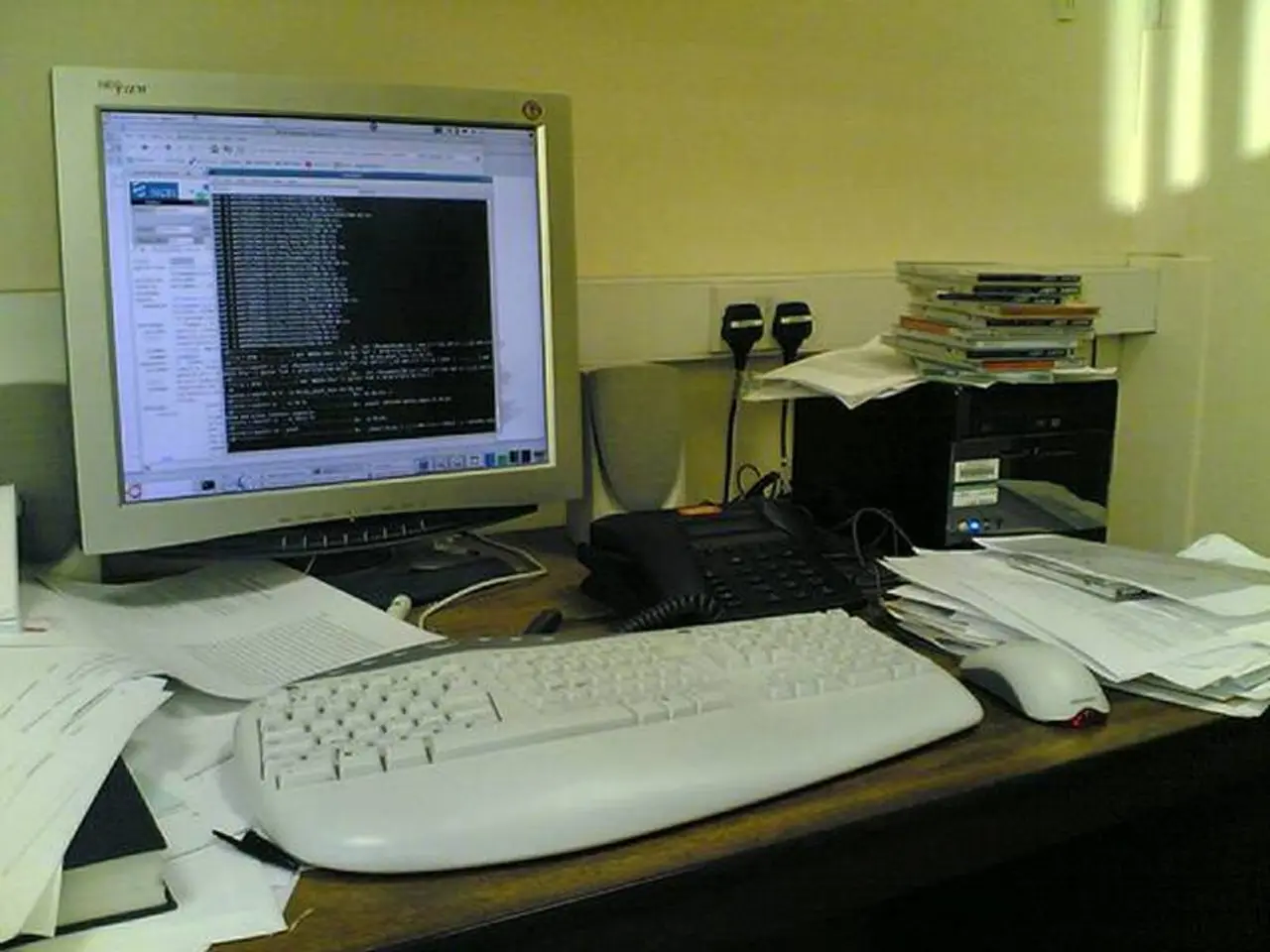Connected Devices Utilizing Flexible Printed Circuit Boards and High Density Interconnect PCBs
In the rapidly growing Internet of Things (IoT) landscape, companies developing IoT solutions must ensure their applications are designed to meet the intricacies of this complex, wide-ranging, and ever-changing industry. Key design requirements for IoT applications using Flex and High-Density Interconnect (HDI) PCBs focus on optimizing layer configuration, material selection, signal integrity, manufacturability, and reliability to meet the compact, high-performance, and sometimes flexible demands of IoT devices.
For HDI PCBs in IoT Applications:
Determining the number of layers in an HDI PCB is crucial, ensuring at least one dedicated ground plane and one power plane to stabilize voltage and reduce noise. IoT devices often use 4 to 8 layers depending on integration requirements. Using symmetrical layering (e.g., arranging ground and power planes evenly) prevents warping and maintains consistent dielectric thickness, which is critical for controlled impedance and signal integrity in high-speed IoT communication.
Avoiding placing signal layers adjacent to each other without an intervening ground or power plane minimizes crosstalk—a common concern for high-frequency IoT signals. Effective via optimization involves using microvias, blind vias, and buried vias, limiting microvia depth to 1-2 layers, and avoiding stacked vias directly over each other to improve durability and manufacturability.
Choosing PCB substrate materials suitable for high-frequency and low-loss performance, often with low dissipation factors (<0.005), is essential for minimizing signal attenuation in IoT RF circuits. Designing trace widths and spacing carefully to achieve targeted controlled impedance (often around 50 ohms ±10%) supports reliable high-speed signal transmission.
For Flex PCBs in IoT Applications:
Flex PCBs enable complex shapes and routings suitable for wearable and implantable IoT devices where form factor and comfort are vital. Materials and designs must ensure durability under repeated bending and mechanical stress typical to IoT wearables or portable sensors. Flex PCBs often integrate sensors (e.g., glucose monitors) and ICs directly, requiring careful attention to heat dissipation and connection reliability.
Additional Cross-cutting Design Considerations:
Power management is essential for IoT, with PCB trace width and copper thickness needing to handle the required current without excessive heating, typically optimized for low power but with designs to handle transient loads where needed. Early engagement with PCB fabricators is critical to optimize microvia aspect ratios, trace widths, and material choices for manufacturability and cost-efficiency.
Future-proofing designs should accommodate upcoming trends like higher pin counts, integration of 5G modules, and sustainable manufacturing via advanced HDI and SBU techniques. Standardization may become a key aspect of IoT application design, and companies must pay close attention to accepted formats for displays, data transfers, security, and more if standardization emerges.
In summary, designing IoT PCBs with Flex and HDI technologies involves balancing high-density interconnects, controlled impedance, flex durability, minimal noise, and manufacturability to address the compact, high-speed, and varied environmental requirements typical for IoT devices. By 2020, up to 26 billion devices could be connected to the Internet, making reliability critical for effective functioning of the IoT. Companies developing IoT solutions must avoid developing solutions that do not address customer needs, as demonstrated by the failure of the Revolv product, and ensure every IoT-related solution fulfills a specific purpose and addresses a clear problem.
Incorporating Data-and-Cloud-Computing Technology:
Integrating cloud-based data processing functionality into IoT devices enables real-time analysis, machine learning, and remote management, improving the overall efficiency of IoT solutions. The choice of PCB technology, whether HDI or Flex, should facilitate streamlined connection to wireless communication networks, ensuring smooth integration with cloud-based data services.
Availing Technological Support:
Collaborating with technology partners who provide comprehensive design kits, design dollars, and targeted software packages can help alleviate the complexities involved in streamlining integration of advanced data-and-cloud computing technology with HDI and Flex PCBs, ultimately resulting in a more cohesive IoT solution.




